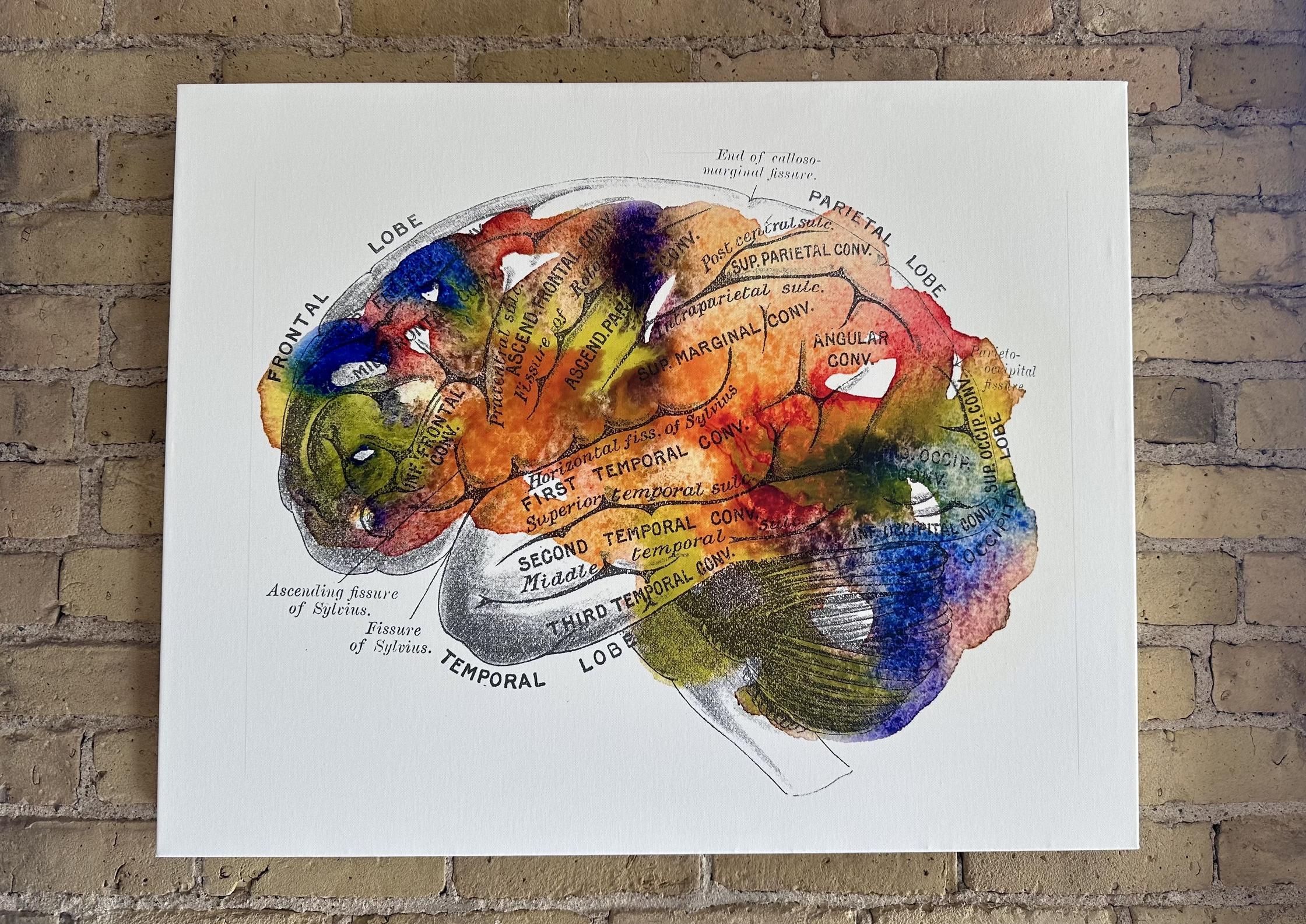What happens when the brain first encounters a word? Let’s look into the first 500 milliseconds.
It is amazing how complex the brain’s networks that underlie a half second of reading are.
The same brain regions used for recognizing objects are used to recognize letters. When learning to read, groups of cells in our brain learn to work together such that if a reader sees a word they recognize, a network of cells associated with that word will be triggered into action. Many areas of the brain work together to decode phonological information about a word: being literate allows readers to understand that words are made up of sounds.
As we read, our eyes move across the text and collect information fifteen letters ahead of what we are actively reading, allowing the upcoming words to be easier to recognize.
Each step of reading requires automaticity of the prior step in order for the brain to be able to allocate its attentional resources on the next aspect of reading.
Without automatic recognition of letters and letter-sound association, a portion of the brain’s attentional resources will be dedicated to figuring out what letter it’s seeing/what sound that letter makes, such that there will be limited attentional resources available for the high level fast-paced working memory process required for decoding, or putting those symbols and sounds together.
Think of it like blowing out a candle. If blowing out a candle requires 100% of your lung capacity, and I make you hold your breath for 10 seconds before trying to blow out the candle, you just won’t be able to do it. The “resource” (your breath) was allocated elsewhere (holding it).



